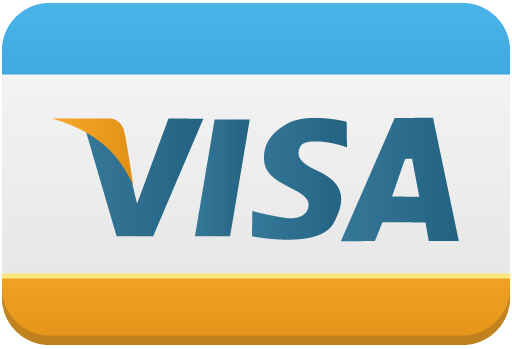Visa EIRF – Electronic Interchange Reimbursement Fee
This is a “downgrade” category, and you’ll usually see these rates when accepting expensive cards, or when keying-in sales without AVS information.
“EIRF” is an acronym for “Electronic Interchange Reimbursement Fee” – and it’s a card-type you’d prefer not to receive, if possible. This is the rate category that many cards will “downgrade” to. Some business types (like restaurants) will auto-downgrade to EIRF for many card types, and an EIRF classification can be totally normal. For standard retailers though, an “EIRF” classification often indicates that data was missing from the transaction when processed, which resulted in a downgrade.

Qualifications
Typically, the EIRF category isn’t an interchange rate you “qualify” for, but instead, is a category into which transactions will downgrade for not meeting CPS criteria. The EIRF category isn’t the worst rate category (that’s reserved for Standard), but it’s close. These are the only qualifications:
- Magnetic swipe, chip-data read, or key-enter transaction.
- Obtain and pass 1 valid electronic authorization.
- Sale is settled within 2 days.
What are the rates?

Credit / Rewards / Signature – 2.30% + $0.10
Downgrade (any reason): Standard, 2.70% + $0.10/txn

Signature Preferred – 2.40% + $0.10
Downgrade (any reason): Standard, 2.95% + $0.10/txn

EIRF Debit – 1.75% + $0.20
Downgrade (any reason): Standard, 1.90% + $0.25/txn

EIRF Prepaid – 1.80% + $0.20
Downgrade (any reason): Standard, 1.90% + $0.25/txn

Regulated Debit – 0.05% + $0.22
Downgrade: This card type does not downgrade.
Who’s eligible?
Almost every merchant is eligible for EIRF. The only businesses who aren’t eligible are High-Risk Direct Marketing (MCC 5962, 5966, 5967)